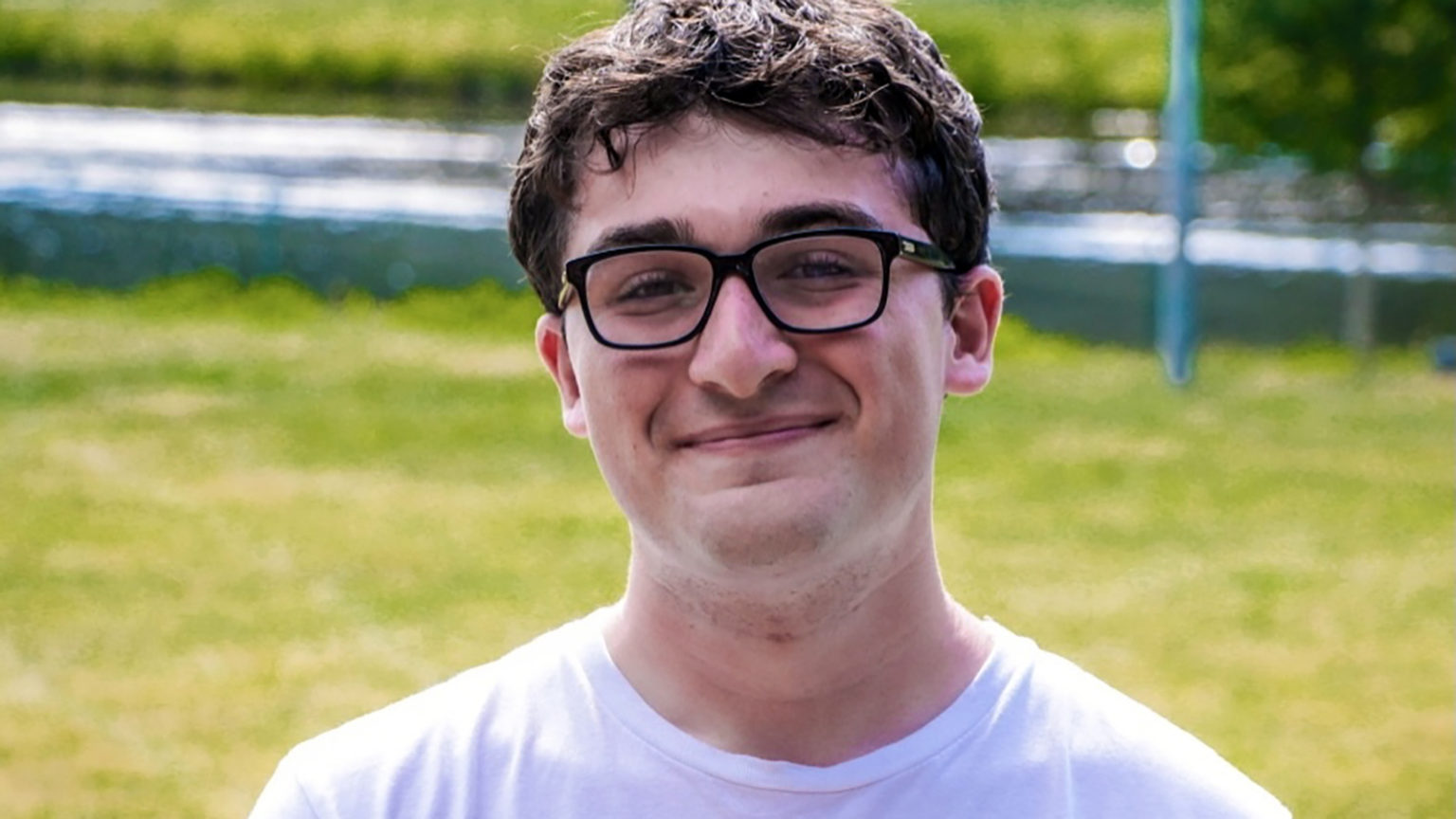Creating crosswords can be tough, and getting featured in a prestigious magazine like New York Times becomes a dream for many. Considering their very low acceptance rate, being featured with them is an achievement. An 18-year-old boy Garret Chalfin, a senior high school student at Riverdale Country School, managed to beat the odds by having his crossword published in this unique NY times magazine on Sunday. Through an exclusive interview with him about his crossword talent and the limitation of the references of pop culture, he had the following to say to questions asked.
How did you manage to get your crossword to New York Sunday Times magazine?
He said, “This was my second puzzle being featured in the magazine, with the first one being featured on a Monday last year during August. But it didn’t have a description on it, so you wouldn’t know that it was me. It just had my name at the corner of the page in very small letters, By Garrett Chalfin.’
He said that he started solving puzzles as a kid at a sports camp, where he realized that it was one of the best place and opportunity for him and allowed him to interact with his friends and do something common together. They could all enjoy because crossword puzzles require a lot of knowledge in many things since there are sports clues and pop-culture clues etc. That you have to figure out.
He continued and said that they were a group of twenty kids who would all take part in solving the puzzles, and at one point, he joked and said, “What if I decide to send a puzzle to this New York Times Magazine?” It was at that point that he got the software, and he decided to send a puzzle to the magazine, which got rejected. During Covid, the sports camp was cancelled, and it was during this time of having nothing to do that he found his crossword software from two years ago and started drawing crossword puzzles again.
It is worth noting that New York Times has an acceptance rate of 3%, and more than 200 people submit their crosswords every week, and yet they only need seven puzzles. Garrett Chalfin said that he got rejected more than 15 times, and it was until last year, August, that his Monday puzzle got accepted. Later in October of the same year, New York Times magazine wrote back to him, and they started working on the Sunday puzzle together. He also said that an English teacher at his school enjoys writing crossword puzzles for the magazine and therefore, mentored him in writing the Sunday puzzle.
How much time it takes to construct puzzles like the Sunday puzzle?
He said, “The puzzle took me two to three weeks to finish since had some work with an editing team. But without an editing team, I have previously done it within one weekend from the beginning to the end by adding all the features of the puzzle, such as the theme of the puzzle, filling the grid and writing the clues. But the timeline can vary depending on the difficulty of the crossword puzzle.”
Do you include references in your puzzles for puzzles created by people older than you?
He said that all the references of the 21st century that he has put in so far had been edited out. This is mainly because many people mainly focused on pop-culture references in crossword puzzles, and what he aims for is clever wordplay clues. An example is one of his clues was, not a big Mac?’ and he answered, Laptop.’
He continued saying, ’When the New York Times approves the puzzle and edits it, they manipulate the difficult level and ensure that everything is balanced. I write the good clues that I can, and then I allow them handle the editing because they are the experts with the puzzles.’’
Are you planning to keep up with cruciverbalism in Chicago?
“Yes, there is a major philosophy student at the University of Chicago who also writes most of the of NYTimes crossword puzzles. At the University of Chicago, some of the major philosophy students are working as crossword puzzle writers almost everywhere.

